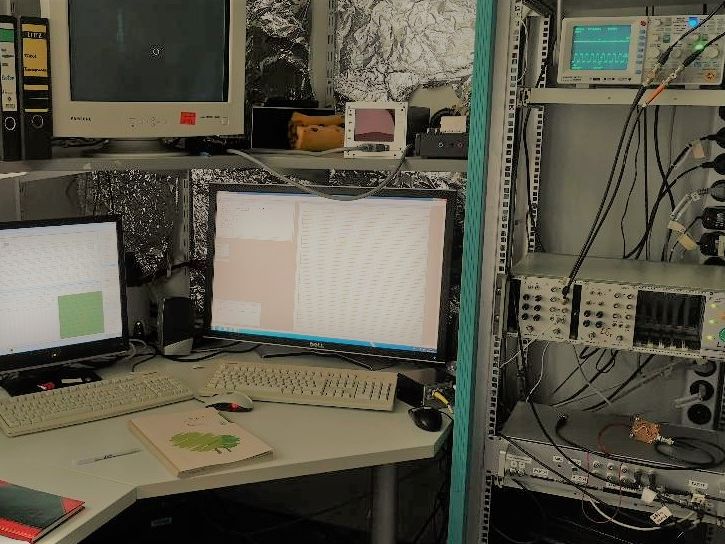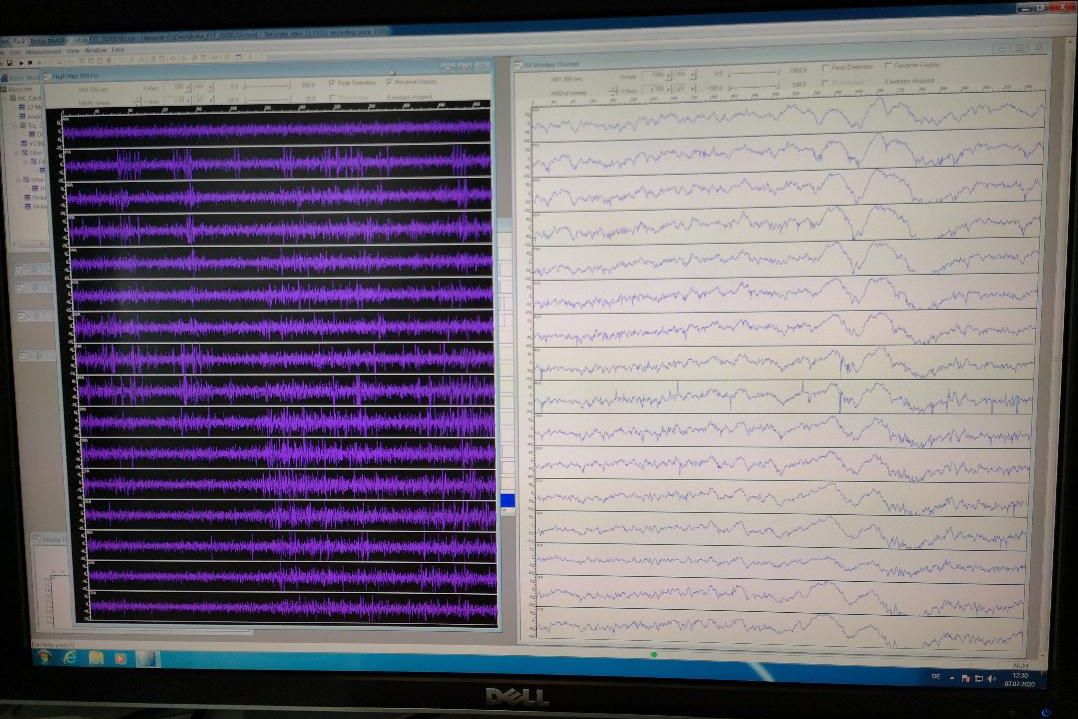Research
In every single moment, the brain receives and processes an overwhelming amount of sensory information from the environment we are living in. However, the percept the brain constructs from the available information is far from being a pure reflection of it. Reasons for differences between the real-world and our conscious percept of it are, for example, the limited processing capacity of the brain and the resulting need to highlight vital information, mostly at the cost of irrelevant information. Usually, we are not aware of the intrinsic processes underlying conscious perception, yet it is the selective processing of information that allows for fast and adaptive behavior in complex environments.
Cognitive functions like attention play an essential role in the selection of relevant information and decision making. However, the neuronal correlates, i.e., how the brain selects subsets of neurons encoding relevant information and how it prioritizes the processing of signals originating from these neurons, are widely unknown. This is the setting and background of the research performed in our lab. Our research is mainly performed in the visual system of macaque monkeys with a focus on:
- selective information processing and routing
- change representation and detection
- readout and information extraction of neuronal signals
This basic research on cognitive brain functions is vital for understanding how the brain works in general but also to understand pathological disorders of brain functions. Using the knowledge obtained from these studies we also investigate and refine techniques to advance the diagnosis and treatment of diseases, as e.g. for brain-computer interfacing, which can, for example, allow paralyzed patients to communicate.


